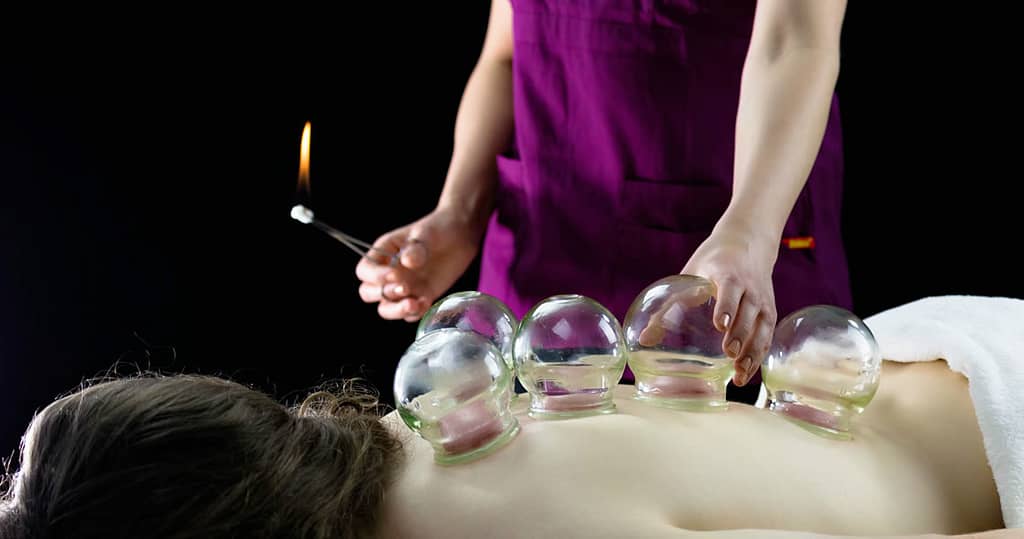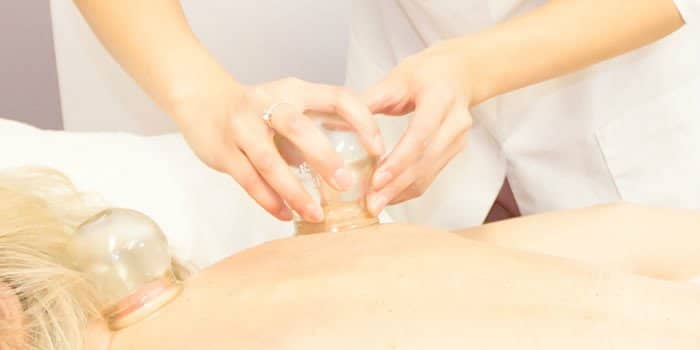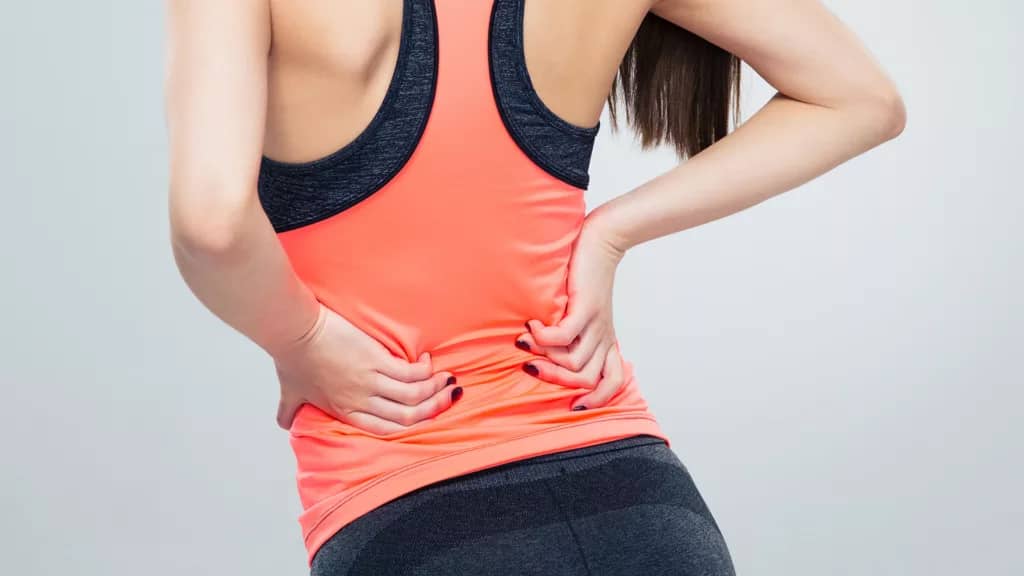Blood Stasis: Causes, Symptoms, And Treatment Options In Traditional Chinese Medicine, Including Hijama Therapy
Blood stasis, also known as blood stagnation, is a common concept in Traditional Chinese Medicine (TCM) that refers to the accumulation or stagnation of blood in the body’s channels or vessels. It is believed to be an underlying factor in many chronic diseases and conditions, such as pain, cardiovascular disease, and gynecological disorders. In this article, we will explore the concept of blood stasis in TCM and its diagnosis, causes, symptoms, and treatment options.In this article, we will explore the concept of blood stasis in TCM and its diagnosis, causes, symptoms, and treatment options.
Diagnosing Blood Stasis and Recognizing Its Symptoms in Traditional Chinese Medicine
In Traditional Chinese Medicine, the diagnosis of blood stasis involves observing physical signs and symptoms while asking detailed questions about the patient’s medical history. Physical signs that TCM practitioners look for include Ifdark or purplish skin or tongue, varicose veins, and a history of bruises. These signs can indicate poor circulation and the accumulation of stagnant blood. Another common symptom of blood stasis is aching pain that worsens with pressure.
In addition to physical signs, TCM practitioners also inquire about the patient’s menstrual cycle as menstrual irregularities, such as heavy or painful periods, irregular cycles, or clots, can indicate blood stasis. Past or current injuries, surgeries, or infections can also contribute to blood stasis and are taken into consideration during the diagnosis process. By examining all of these factors, TCM practitioners can develop a comprehensive understanding of the patient’s health and create an individualized treatment plan to address their specific needs.
Symptoms of blood stasis can manifest in various ways, such as aching or stabbing pain, numbness or tingling sensations, skin changes, menstrual irregularities, and emotional disturbances. It is important to recognize these symptoms and seek appropriate treatment to promote circulation and reduce blood stasis from the body’s channels or vessels.
Understanding Blood Stasis in Traditional Chinese Medicine with an Analogy
Blood stasis in Traditional Chinese Medicine (TCM) can be compared to a traffic jam on a highway. Imagine a busy highway with multiple lanes of traffic flowing smoothly. Suddenly, there is an accident or roadblock that causes a backup of cars, leading to a traffic jam. Cars become stuck and unable to flow smoothly on the congested road, resulting in frustration and delays for drivers.
In the same way, blood can become stagnant and accumulate in the body’s vessels or channels, resulting in poor circulation and potential health issues. Blood stasis can be caused by various factors such as trauma, exposure to cold, Qi deficiency, or an unhealthy diet. When blood flow is blocked or disrupted, it can cause pain, numbness, or tingling sensations in the affected area, skin changes such as dark or purplish skin, varicose veins, or spider veins, and menstrual irregularities. Emotional disturbances such as depression, irritability, or anxiety can also be associated with blood stasis.
Just as traffic needs to be cleared to restore the smooth flow of vehicles, blood stasis needs to be treated to promote circulation and reduce obstructions in the body’s pathways. In TCM, different methods are used to treat blood stasis, including Acupuncture, traditional Chinese herbal medicine, hijama or wet cupping, cupping, moxibustion, and Tui Na massage.
Treatment Options for Blood Stasis in Traditional Chinese Medicine, Including Hijama Therapy
The goal of treatment in Traditional Chinese Medicine (TCM) is to promote circulation and reduce blood stasis. There are several treatment options available, including Acupuncture, traditional Chinese herbal medicine, Hijama Therapy, Tui Na and Moxibustion.
- Acupuncture is a Traditional Chinese Medicine technique that involves the insertion of thin needles into specific points on the body to stimulate circulation and promote healing. In TCM, Acupuncture is believed to help break up blood stasis and promote the flow of Qi (vital energy) and blood throughout the body’s channels. Acupuncturists may choose specific points along the channels that correspond to the area of the body affected by blood stasis. To help visualize this process, you can think of a river that has become blocked by debris, causing the water to become stagnant. Acupuncture needles act like a logjam breaker, clearing away the debris and allowing the water to flow freely once again. Some commonly used Acupuncture points to treat blood stasis include:
- SP10 (Xuehai): This point is located on the inner thigh and is believed to promote circulation and reduce blood stasis.
- ST36 (Zusanli): Located on the lower leg, this point is said to promote the flow of Qi and blood throughout the body, helping to alleviate pain and reduce inflammation.
- BL17 (Geshu): This point is located on the back and is believed to regulate blood flow, particularly in the liver and spleen channels.
- In addition to these specific points, acupuncturists may also choose points based on the individual’s overall pattern of symptoms and underlying condition.
- Traditional Chinese Herbal Medicine offers many formulas that are traditionally used to promote circulation and reduce blood stasis. Some common herbs that are often used in these formulas include:
- Dan Shen (Salvia miltiorrhiza): This herb is commonly used to invigorate the blood, promote circulation, and relieve pain.
- Chuan Xiong (Ligusticum chuanxiong): This herb is often used to relieve pain and promote circulation, particularly in the head and neck.
- Yan Hu Suo (Corydalis yanhusuo): This herb is traditionally used to relieve pain and promote circulation, particularly in cases of menstrual cramps.
- Hong Hua (Carthamus tinctorius): This herb is often used to invigorate the blood and promote circulation, particularly in cases of menstrual irregularities.
- Tao Ren (Prunus persica): This herb is commonly used to break up blood stasis and promote circulation, particularly in cases of menstrual disorders and traumatic injuries.
- These herbs are used in combination with other herbs and are not used alone to create traditional Chinese herbal formulas that are tailored to the individual patient’s needs.
- Hijama Therapy (wet cupping) is a traditional therapeutic technique that involves the puncturing of the skin and the use of suction cups to create a vacuum over an affected area. This technique can draw a small amount of blood to the surface of the skin, which can help to quicken the blood and promote circulation, thereby relieving pain. Recent studies have shown that hijama can be an effective treatment for blood stasis. One study published in the Journal of Traditional Chinese Medicine found that hijama was effective in improving blood circulation and reducing blood stasis in patients with cardiovascular disease. Another study published in the Journal of Complementary and Integrative Medicine found that hijama was effective in improving symptoms of dysmenorrhea, a menstrual disorder that can be caused by blood stasis. In addition to improving blood circulation and reducing blood stasis, hijama has also been shown to have other health benefits, including reducing pain and inflammation, boosting the immune system, and improving overall well-being.
- Moxibustion is a Traditional Chinese Medicine technique that involves burning a herb called mugwort near the skin to promote circulation and reduce blood stasis. The burning mugwort produces a gentle heat, which penetrates the skin and affects the underlying channels and points of the body. This heat stimulates the circulation of blood and Qi (vital energy), helping to break up areas of blood stasis and promote the body’s natural healing processes. To understand this mechanism, think of a river that is partially frozen over. The ice blocks the flow of water and creates stagnant areas, much like blood stasis blocks the flow of blood in the body’s channels. Moxibustion is like adding heat to the frozen areas, causing the ice to melt and allowing the water to flow freely. Similarly, the heat generated by moxibustion can melt away areas of blood stasis, allowing the blood to flow freely and restoring balance to the body.
- Tui Na massage is a type of Chinese therapeutic massage that involves various manual techniques, such as kneading, rolling, and pressing on specific acupoints or channels. The goal of Tui Na massage is to promote circulation, relieve pain, and reduce tension and stress in the body. An analogy for the effect of Tui Na massage on reducing blood stasis could be comparing it to a traffic jam on a highway. When there is a traffic jam, cars are congested and stuck, leading to a buildup of traffic and blockages. In the same way, when there is blood stasis in the body, blood flow becomes sluggish and stuck, causing a buildup of blood in the tissues and organs. Tui Na massage can be compared to a traffic cop who directs the flow of traffic and helps cars move smoothly through the congested areas. Similarly, Tui Na massage can help to loosen up the congested areas in the body and promote the smooth flow of blood and Qi, helping to break up the blockages and reduce blood stasis.
the patient’s specific signs, symptoms, and underlying causes. A trained TCM practitioner can provide a proper diagnosis and recommend appropriate treatment options to help promote circulation and reduce blood stasis, including Hijama Therapy.
At Huatuo Clinic, we deeply value the comfort and well-being of our patients, and we are committed to providing a warm and respectful atmosphere. We strongly believe that the holistic approach of TCM can offer effective options for treating a wide range of conditions, including blood stasis. If you or someone you know is experiencing symptoms of blood stasis or is interested in exploring TCM as a form of treatment, we invite you to visit our clinic. Our trained TCM practitioners can provide a proper diagnosis and recommend appropriate treatment options tailored to your specific needs. To schedule an appointment or learn more about our services, please contact our clinic. We look forward to helping you achieve optimal health and wellness.




